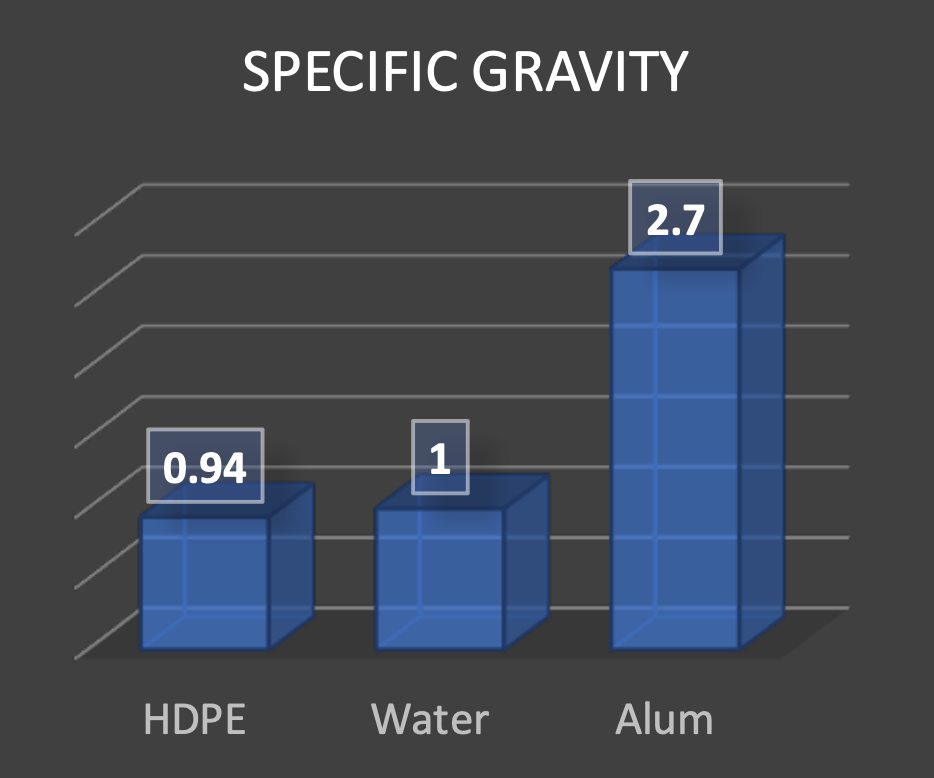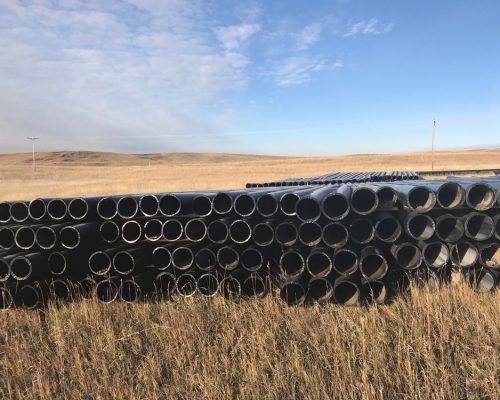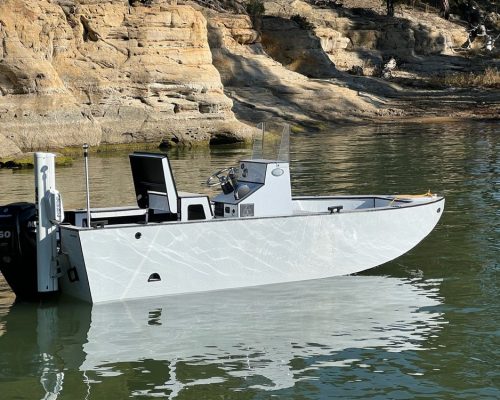HDPE That Looks Great on the Road
A lot of HDPE products can result in very raw product. When we take HDPE material from pipes, we completely change its look while retaining its properties. The truck beds on the right is a great example of truck bed that looks every bit the quality of metal frame beds yet it can handle far greater impacts.
We bring 20 years combined experience to the HDPE industry - Logan
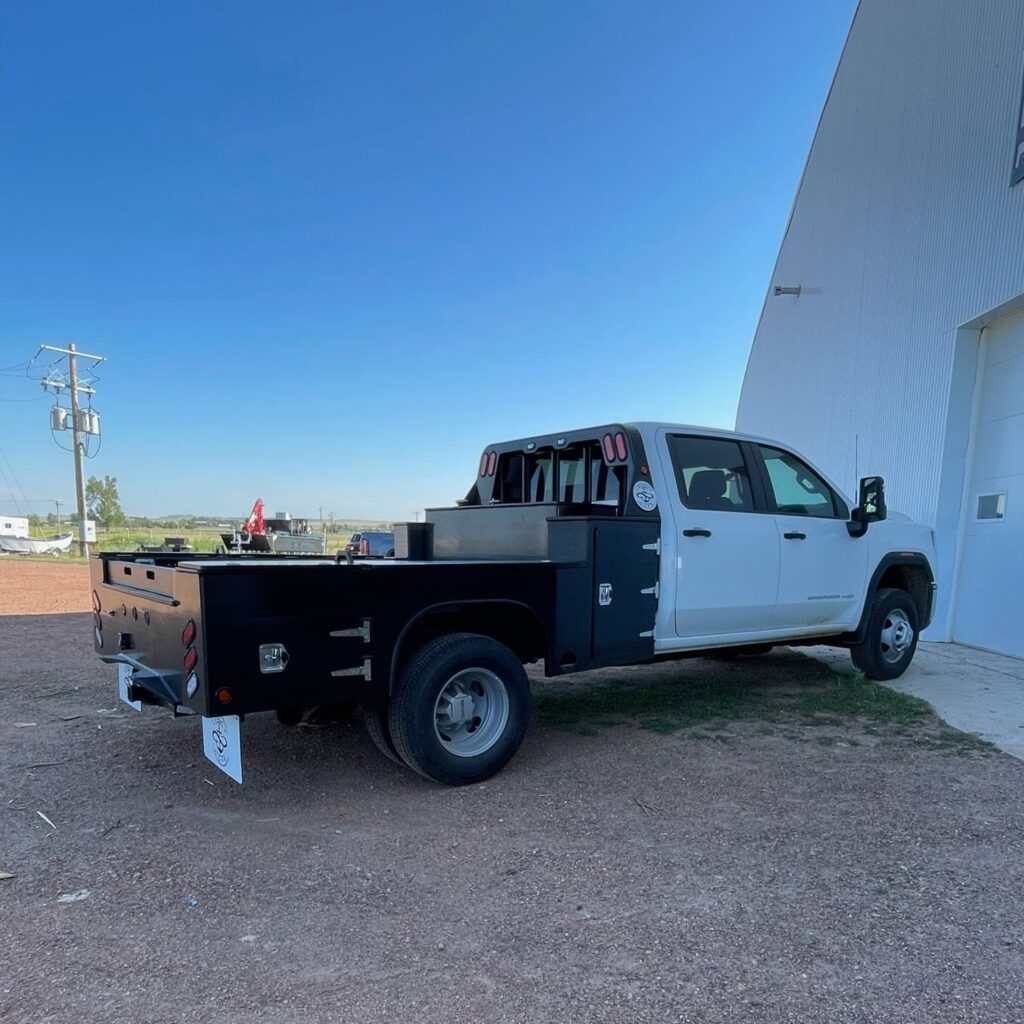

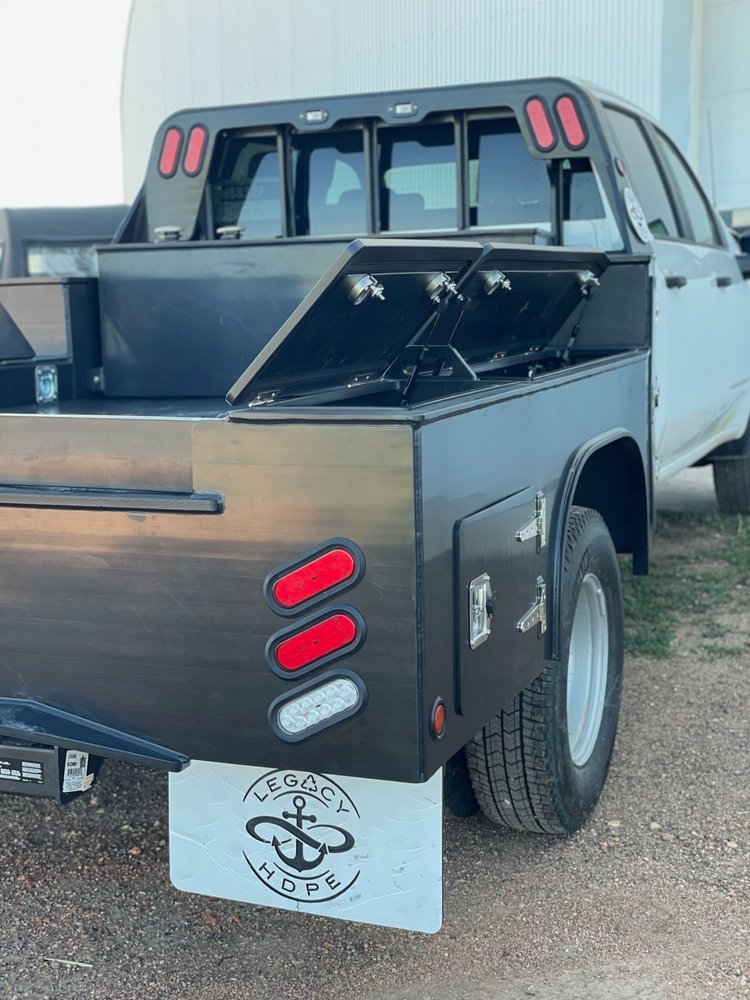
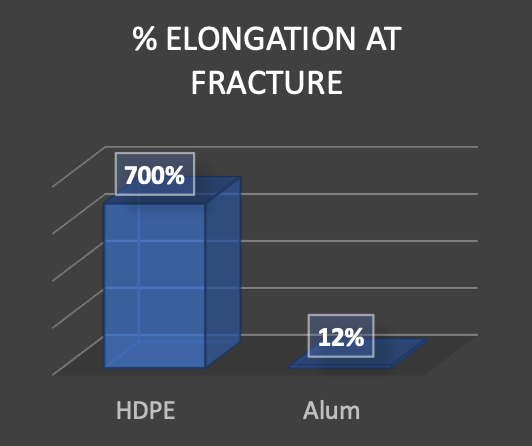 Percent Elongation at Fracture (HDPE & Aluminum)
Percent Elongation at Fracture (HDPE & Aluminum)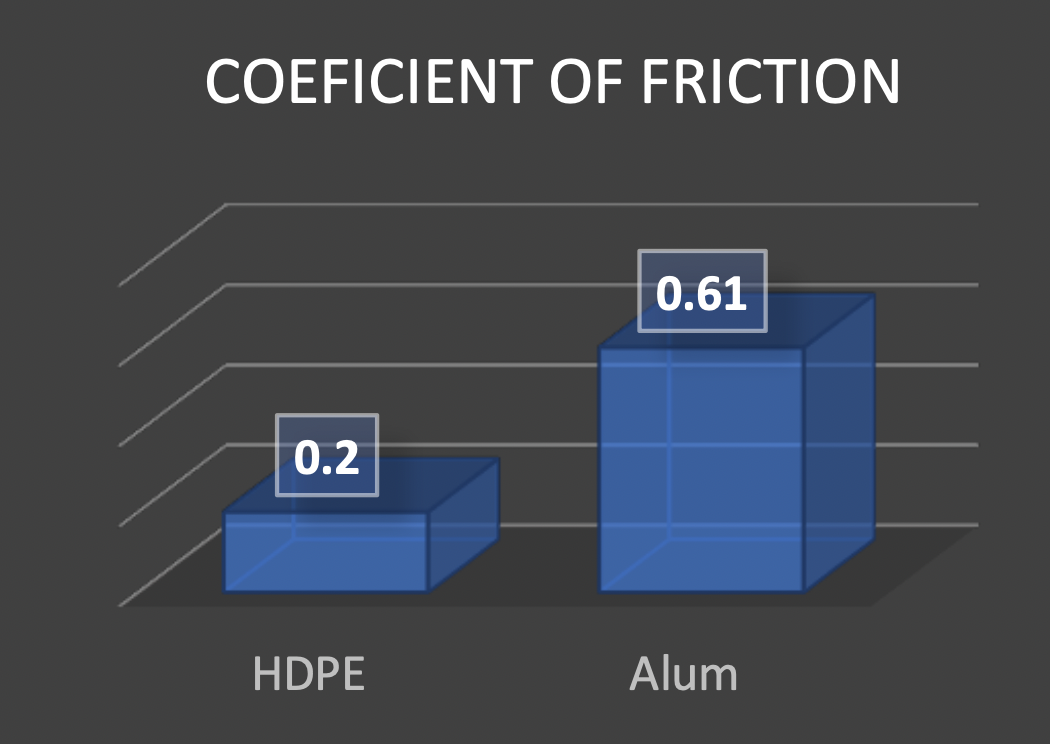 Friction Coefficients
Friction Coefficients